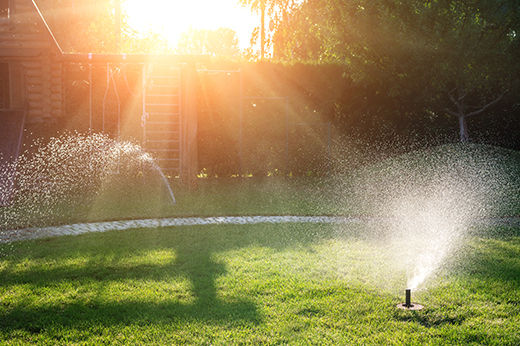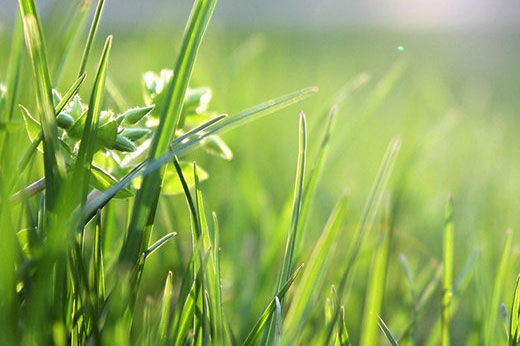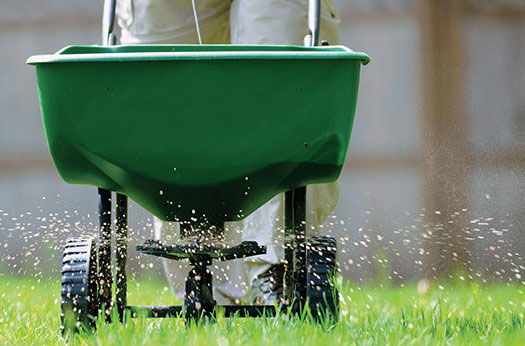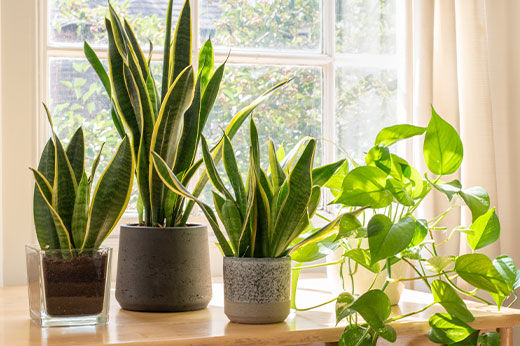While do-it-yourself projects can be fun and fulfilling, there is always a potential for personal injury or property damage. We strongly suggest that any project beyond your abilities be left to licensed professionals such as electricians, plumbers, and carpenters. Any action you take upon the information on this website is strictly at your own risk, and we assume no responsibility or liability for the contents of this article.
Right and Wrong Ways to Remove Snow from Your Roof

A thick layer of sparkling white snow covering your roof might look pretty, but it puts a lot of strain on the structure due to its weight. There’s also a good chance that melting water trapped by the snow above will leak into your roof rather than dripping off. If you live in a cold climate, this probably isn’t the first winter you’ve struggled to remove snow from your roof when it builds up too high. Don’t let another winter go by with ineffective and unsafe snow removal techniques. Here is a rundown on the best and worst ways to keep your roof clear of snow.
Right: A Snow Rake
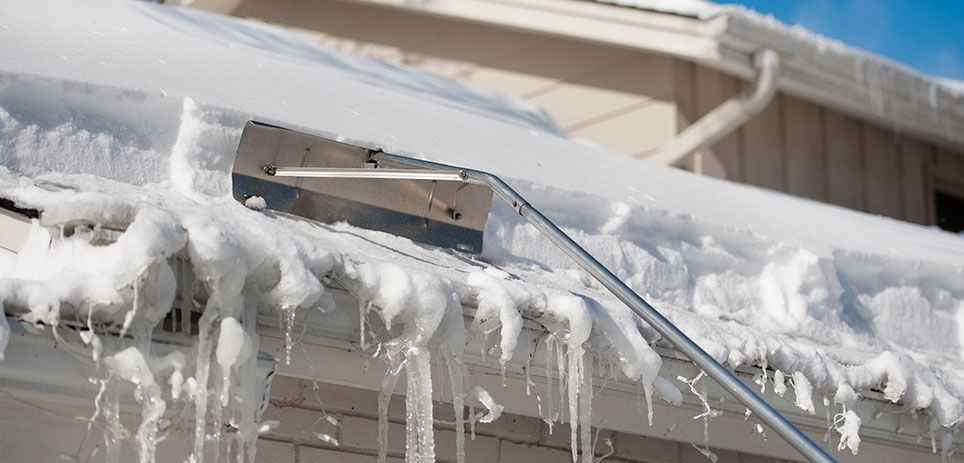
It may look like a simple piece of metal, but a roof snow rake is specially designed not to damage your shingles or gutters. You’ll also notice it has plenty of handle extensions so you can extend it far up into the air to reach every corner of your roof. Of course, it’s harder to use one of these tools if your home is taller than a single story. Operate the snow rake gently by pushing it over the surface of the shingles knocking snow loose. Don’t try to get every last inch of snow or you’ll start scraping shingles. Stand well back from the eave of the roof as you work so snow and ice can’t fall on you.
Wrong: A Yard Rake

Many homeowners see the name of the tool above and rush out to use their leaf rake on their roof. A spring-tooth or hard-tooth rake is not a snow rake and should not be used on a roof. Even though these tools can safely remove leaves from your lawn without hurting the grass, the same sharp points tend to catch on the shingles and pull them loose. Even metal roofing is scratched and weakened by the use of the wrong tool.
Wrong: Shovels and Sharp Tools
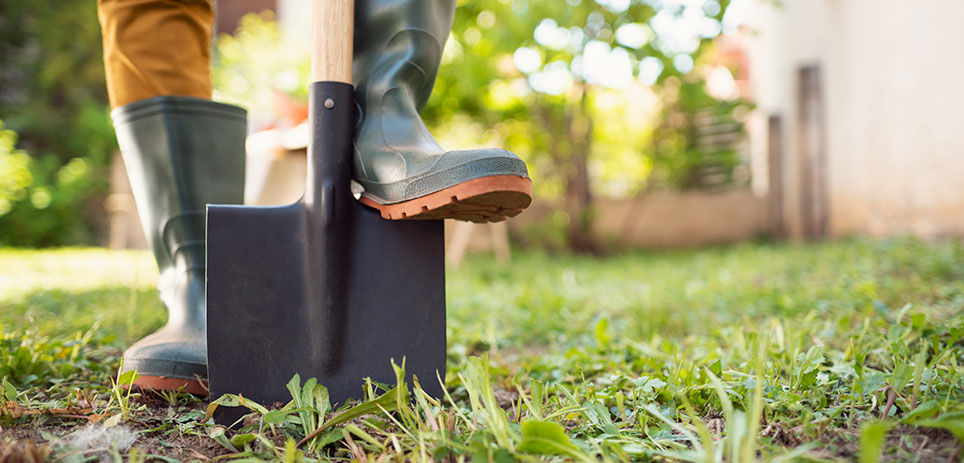
Shovels and other sharp tools are definitely a bad idea for using on your roof, including for snow removal. Yet you can find many products resembling garden hoes or angled scraping blades for sale for use on the roof. Try touching the head of the snow tool with your hand. If it’s stiff and doesn’t bend or move, or if it’s so sharp you can’t safely run your hand over its edge, it will likely damage your roof as you work. Stick to basic snow rakes and avoid the products that claim to remove snow faster and better by scraping with more force. More force is not better when it comes to clearing off your roof.
Right: Heated Cables and Tapes

As you can imagine, using a snow rake from the ground is limited to houses that are a single story, or maybe two at most. If you have a taller home with a steeper roof, it can be impossible to even clear the eaves off this way. Try installing heated cables or tapes on the roof to melt snow off as it accumulates. This should work well for relatively small snowpacks and low amounts of snowfall per day. Even in heavy snowfall, the cable should keep enough snow sliding off the roof to reduce the load to a safe amount of weight. If enough snow falls that it accumulates over the heated cables without melting, shut the power off to the cables. Letting the cables melt just the bottom layer will cause ice damming that forces water into your roof. If a snow rake and a set of heated cables aren’t enough to control the snow, you’ll need a professional service to visit and clean off the roof.
Wrong: Heating the Entire Attic
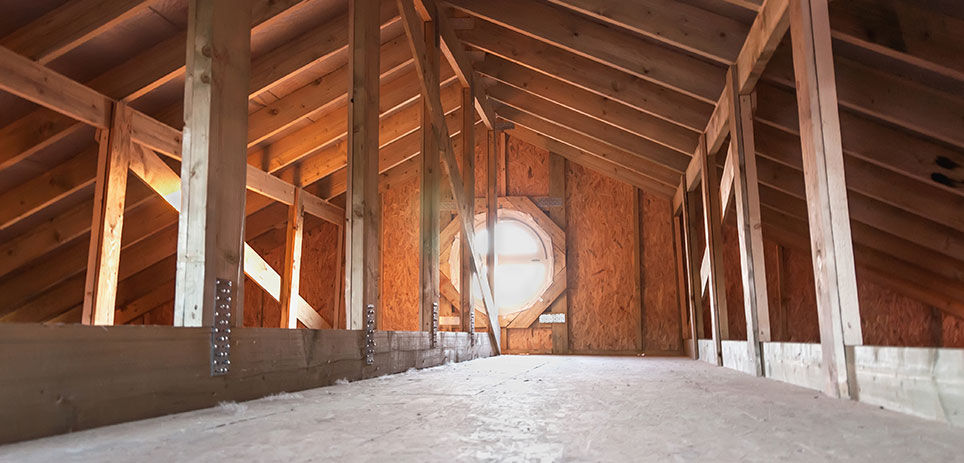
Since putting heated cables on the roof can help, some homeowners assume they should just heat the whole attic. But running a heater full-time will only warm the very surface of the shingles outside. This allows snow to build up and then constantly melt. The snow and ice above trap the water, giving it nowhere to drip off. Instead, it’ll trickle between your shingles and into the attic. Keep your attic cold and only heat the surface with purpose-made snow cables or mats to prevent this kind of leaking in the winter.
Wrong: Going on the Roof
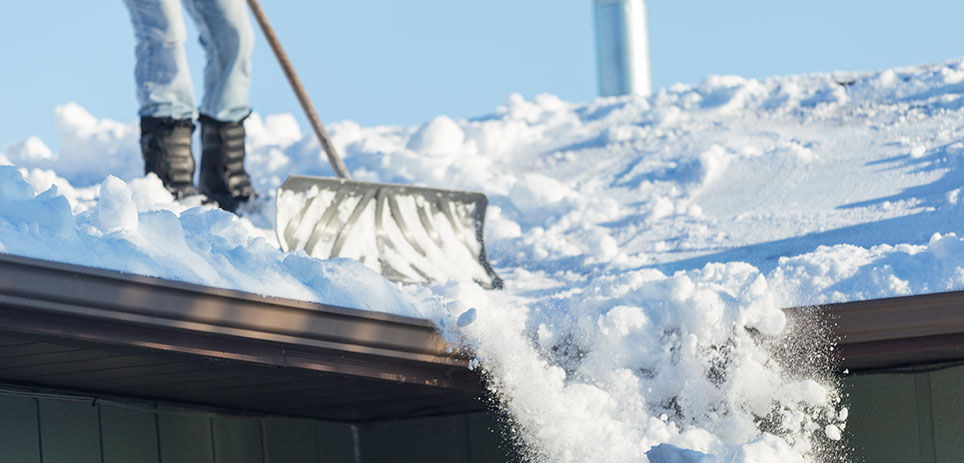
Never go on your roof to remove snow. Even if it’s a very low slope or appears flat, it’s unsafe to get on a snowy roof. If the snow is so heavy you’re concerned about it damaging the roof or structure, your weight could trigger a collapse. If it’s not that heavy, it’s not worth risking an injury to clear away. If you can’t use a snow rake from the ground to reach the snow, hire a snow removal company and get back inside to warm up.
Removing heavy layers of snow keeps your home safe over the winter, but it isn’t worth risking your own safety. Use the tools meant to remove snow without damaging your roof or hurting yourself.
Next learn some simple steps on How to Winterize Your Home
